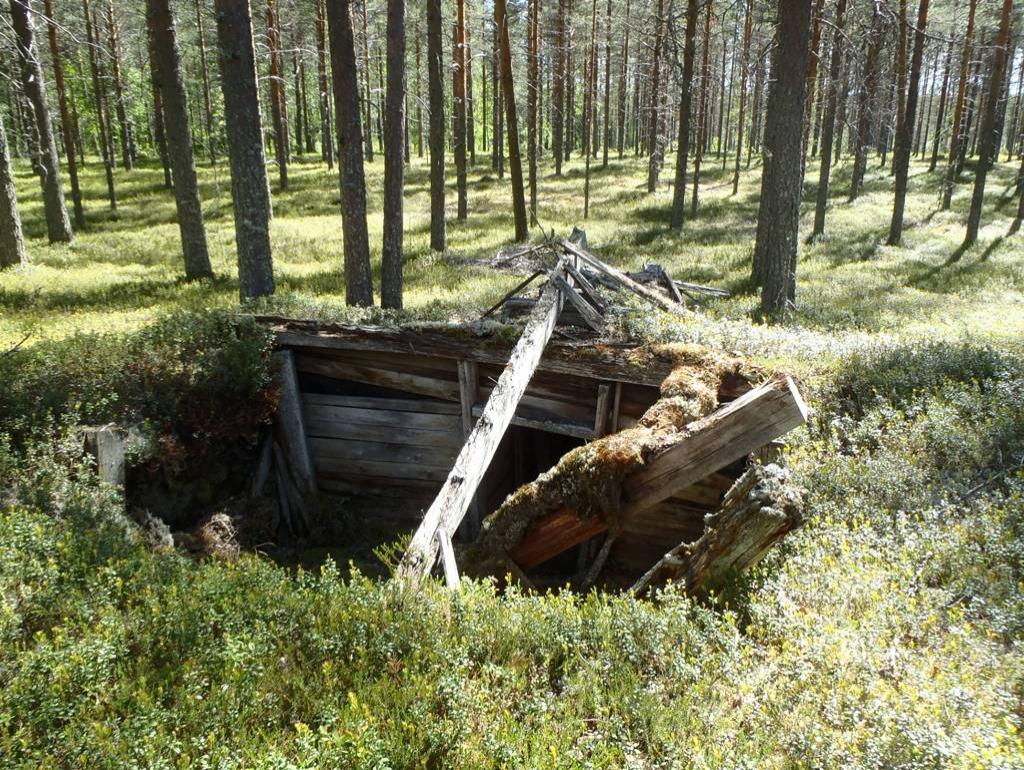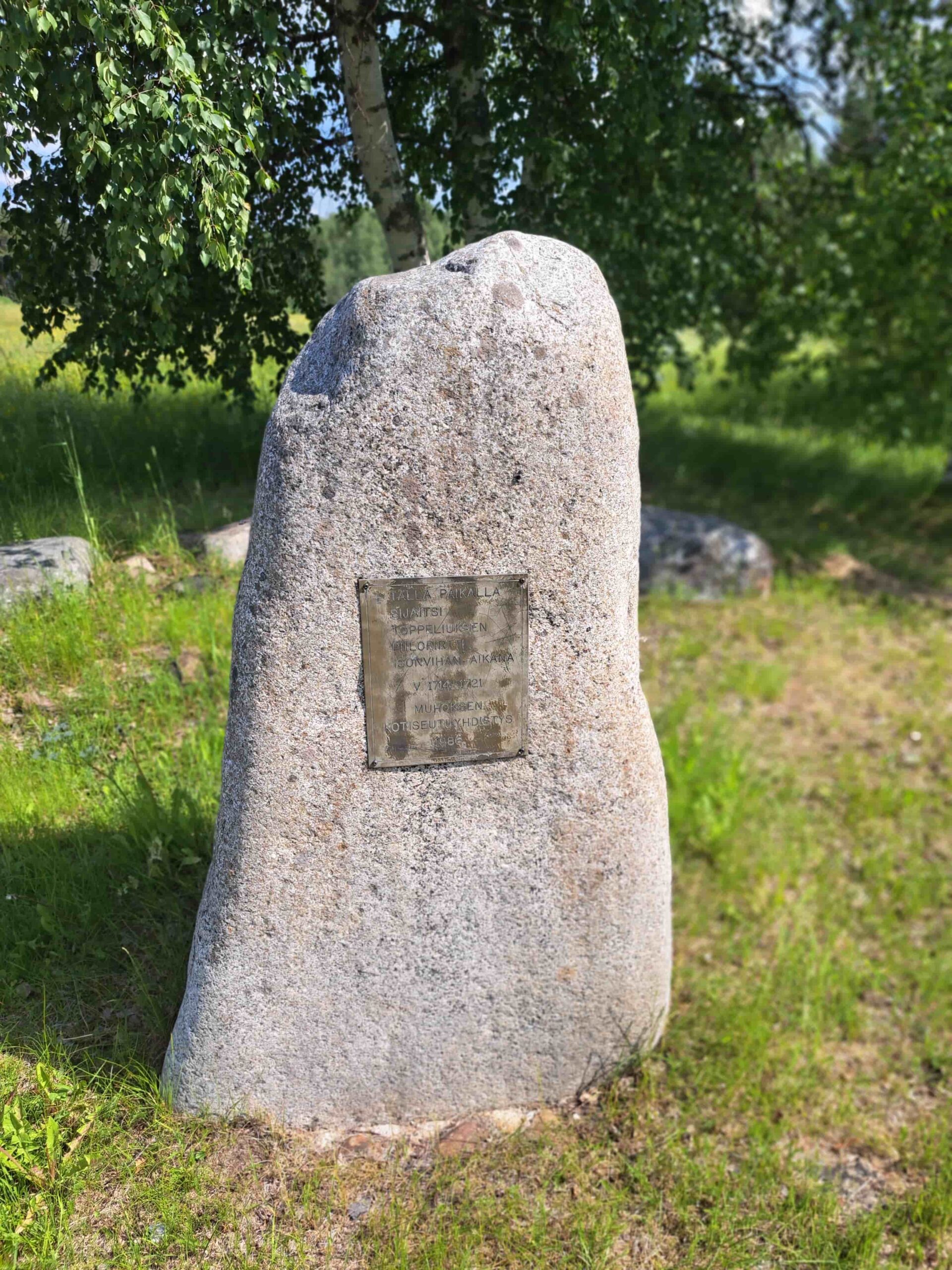Famine and wars ravage the people of North Ostrobothnia
The Long Wrath subsided, but life was not easy: the 17th century was marked by cold years of crop failure, harsh taxes, conscription of young men into military service, disease and famine. The people were resilient, but the years of famine were hard on everyone.
But the new century brought new horrors: February 1700 saw the beginning of the Great Northern War (1700-1721), when Russia under Tsar Peter the Great occupied Finland, which until then had been part of Sweden. The Russian occupation (1713-1721), also known as the Great Wrath, was a period of severe oppression and hardship.
The Russians particularly devastated the regions of Ostrobothnia and Kainuu. In the autumn of 1714, the Tsar issued an order to destroy the entire region of Ostrobothnia, which resulted in the complete destruction of the villages around Oulu, and continued in 1716 when an order to destroy Northern Ostrobothnia was also issued. According to government records, thousands of people were murdered in Northern Ostrobothnia during the occupation. People were also tortured and forcibly taken to Russia, while children were taken to be sold on slave markets.


